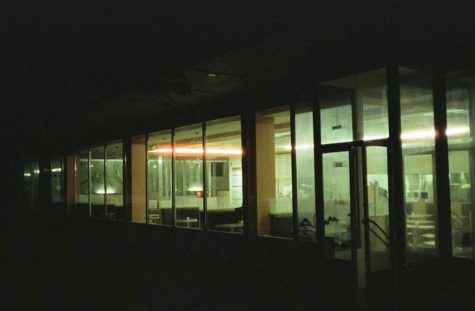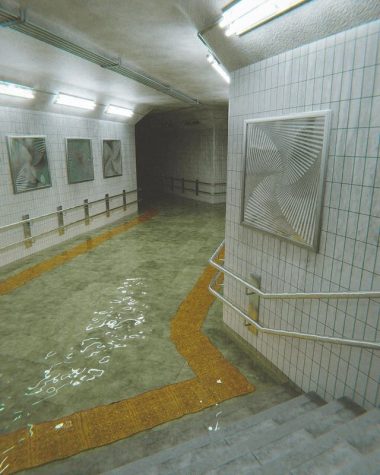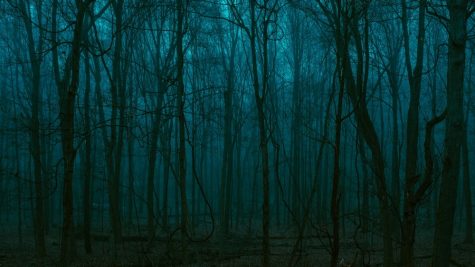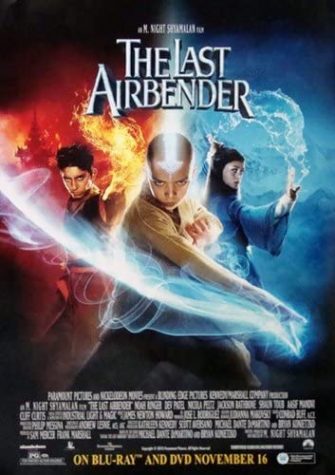The Novelty of Old Animation
Nothing new and original truly exists under the sun. Any idea you have has likely been done before, if not by a published author or producer but a student making a creative writing piece. Compounding on this is a natural fact of humans: we enjoy making things that are similar to the things we enjoy. Everything you watch, everything you read, everything you’re told melds itself into a media stew in your head, and you ladle bits of it out as a base for almost anything you create. But you needn’t worry; everybody does this, from the best of the old classic authors and poets to some of the most visionary directors of today.
The Curious Adventures of Mr Wonderbird is a movie with a long and storied past. Production began in 1948 as La Bergère et le Ramoneur, an adaptation of a fairy tale of the same name by Hans Christian Andersen, by Director Paul Grimault and his friend, Writer Jacques Prevert. However, the film was unfinished and released against Grimault’s will in 1952 as The Curious Adventures of Mr Wonderbird, only an hour long and barely finished as a story. Many of the scenes that Grimault wanted to put in the film were never added, and therefore the whole movie feels a bit out of place.
However, luckily, Grimault got the rights to the film in the late 60’s and early 70’s and was able to successfully finish it as the product he originally wanted to create in 1984 as Le Roi et l’Oiseau. Unfortunately, writer Jacques Prevert died in 1977 and was unable to see the final product of his work, but Grimault released the original screening in his name, and saved the seat next to him in the theater for his friend. This version was played in British cinema’s with a new English voice cast, and was released on VHS for general audiences, yet getting hold of one of these was terribly hard until 2014 it was released on DVD, finally giving the broader world a look at this beauty.
It is easy to see inspiration from the time the film was created, the post war sentiment seeps into many parts of it. From the homegrown robot used to destroy the city itself to the useless leader with power unbefitting of a man of such temperament. The dictator is replaced by a stronger, more capable man after the ego of the old one gets too large. This echoes the rise of many of the empires in post colonial Europe and the rise of fascism. This is something to take into mind when viewing the film.
The Movie is praised as a masterpiece of French cinema and is one of the most thematically and stylishly diverse animated films in the world. It tells the story of a kingdom called Takicardia (Upanddownia in the ‘52 release) and it’s king, a tiny cross-eyed man with a passion for hunting and a distinct inability to hit anything other than a baby bird, specifically those of the narrator, the titular oiseau. The bird lost his wife in a tragic hunting incident, the only time that the king was able to hit anything, and he hates the king for it, coming down from his perch atop the king’s majestic castle to deride and ridicule him and his brutal hobby.
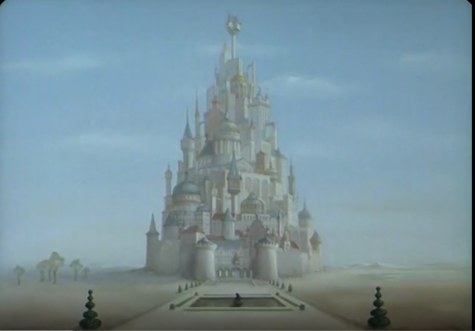
At the 999th story of the castle of which the king rules, perched atop the slums of the serfs and peasants that live below, the king retires to his apartment with an artist in tow, to paint him yet another portrait, similar to the hundreds of others hanging around the castle, notably missing the aggressive cross in his eyes. Sitting on his bed, the king gets painted standing over a successful hunt. However, the artist, trying his damndest for realism, leaves his eyes as they appear, angering the king. The king pretends to be thankful for the portrait, thanks the artist, and sends him on his way only to pull out the floor beneath him, sending him to the dungeon below. He then ‘fixes’ the eyes on the portrait himself.
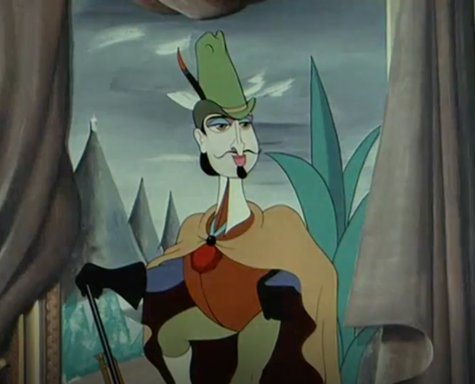
The king silently pines over the shepherdess in the painting opposite him, and falls asleep. During the night, the paintings and sculptures come to life, moving out of their frames. The false king from the painting deposes the real king and takes his position. The chimney sweep, using his ladder, helps the shepherdess out of her painting, much to the dismay of the false king, and they escape out the chimney. Inheriting the king’s love of the shepherdess, he calls for the entire army to sweep the castle for any sight of her. The two escapees find help with the bird and fly down to the lower levels of the city.
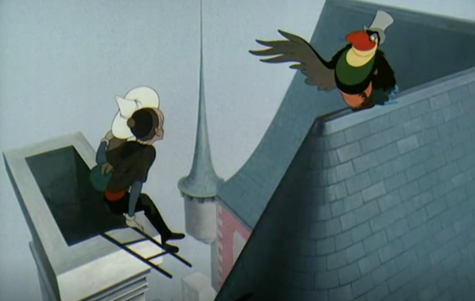
In these lower levels, no light can get through, and the inhabitants have spent their whole lives in the dark. As they walk through these dark hallways, chased around every corner by the police, they come across a group of people, ragged and lifeless, as they ask for news about what is happening outside the castle, and ask for descriptions of the sun and the moon that they hope to oneday see for themselves. The only one with any life is a blind organ grinder. He becomes happy when he hears word that the bird is okay, and plays his organ in joy. However, the party is crashed (quite literally) by a giant robot that the king uses to tear apart the town searching for them. It becomes increasingly clear that if you don’t serve the king directly, you have no worth to the state, and that everything is halted and every resource is directed at whatever the king desires.
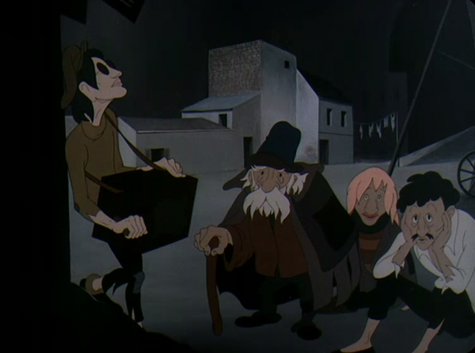
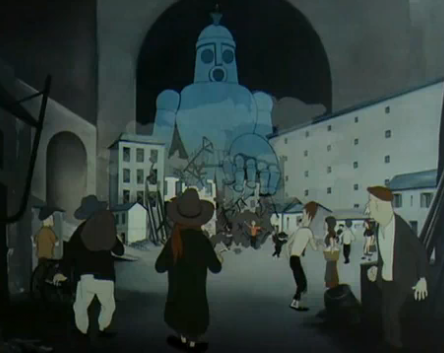
He finds our group and takes the shepherdess to marry him, sending the Organ Driver, the Bird, and the Chimney Sweep into a pit of lions expecting them to die, and goes romping up the castle blasting an instrumental version of here comes the bride to the entire town. As the castle prepares for the wedding, the Chimney Sweep sits dejected, stuck in the dungeon after the organ driver calmed the lions with his music. Invitations are made, people statues of the kings head are cast, and we reach the lowest point in the movie.
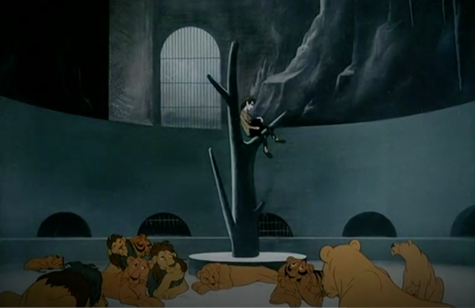
However, thanks to the music from the Driver and a rising speech made by the Bird, they are able rouse the lions into breaking out of their predicament and storm the streets of the upper castle until they break into the church right as they are forcing the Shepherdess to marry the king, lions in tow. However, he manages to make it to his robot with the bride in tow and starts to get away. But luckily, the Bird and the Chimney Sweep make it in time, take over the robot, and start to fight with the king. As this happens, the bird takes control of the robot and uses it to destroy the castle and open up the floors below to the light. It closes with the robot sitting pensively atop the rubble with the townspeople packing up to rebuild.
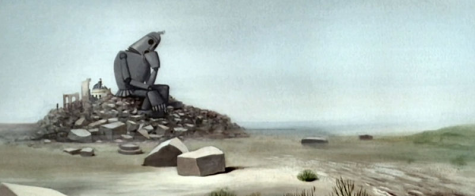
It is easy to see parallels to real world dictators in the king, especially since this film came into production around 1948, 3 years post WWII. The original king is a blundering idiot who can’t be expected to do anything, and he gets replaced by a much more dangerous and competent king who, in his single minded attempt to get the shepherdess, led to the complete eradication of his castle and state. The people who don’t help him as a dictator don’t get to see the outside world, and the castle is literally built on top of the poor who have been cut off from the outside world. The robot reflects terrors rooted in the fear of weapons of mass destruction and how easily they can be turned on their people, especially when they are used for trivial matters.
The film has a wonderful voice cast and looks like something ripped directly from the pages of a storybook. The verticality of the castle and the depressiveness of the slums is a great visual signifier of the class differences and their places in society. The upper echelons of the king’s chamber that seem to defy gravity, and the contrast between the Greco-Roman architecture and the modern elevators and police vehicles echo the scenery that was becoming commonplace in Europe, and the rubble it becomes follows many a city in France. The film is a wonderful expression of post war sentiment and a work of art worthy of all the praise it gets. If a copy finds its way into your hands, do yourself a favor and watch it. You will not be disappointed.
Le Roi et L’Oiseau. Directed by Paul Grimault, Les Films Paul Grimault, 1980

